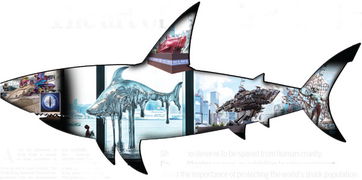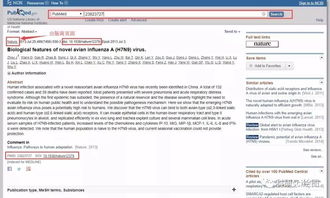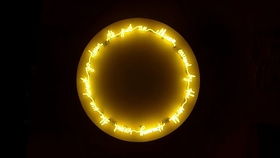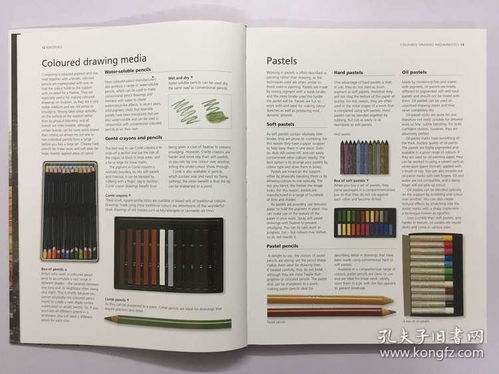本文目录导读:
- Choosing the Right Equipment
- Casting Techniques
- Baiting and Luring Techniques
- Knots and Rigging
- Reading the Water
- Safety First
- Patience and Persistence
Content:

Fishing is an ancient pastime that has been enjoyed by people of all ages and backgrounds for centuries. Whether you're a seasoned angler or a beginner looking to cast your line into the water for the first time, having the right techniques can make all the difference. In this article, we'll delve into the essential fishing techniques that will help you catch more fish and enjoy your time on the water.
Choosing the Right Equipment
Before you can start fishing, you'll need the right equipment. Here's a breakdown of the basics:
Rod and Reel
- Type of Rod: Depending on the type of fish you're targeting, you'll need a rod that's specifically designed for that species. For example, a spinning rod is great for lighter lures and panfish, while a baitcasting rod is better for heavier lures and larger fish.
- Length: The length of your rod should be appropriate for the distance you plan to cast. Longer rods are better for casting over long distances, while shorter rods are more versatile for close-range fishing.
Line
- Monofilament: This is the most common type of fishing line and is great for beginners. It's flexible and has a high degree of stretch, which can be beneficial for absorbing shock when a fish strikes.
- Braided Line: Braided line is known for its strength and thin diameter, which allows for longer casts and reduces line visibility in the water. It's a good choice for heavy-duty fishing.
- Fluorocarbon: This line is nearly invisible in the water and is excellent for targeting fish that are particularly line-shy.
Lures and Baits
- Lures: These are artificial imitations of fish, insects, or other creatures that fish might naturally eat. Lures come in various shapes, sizes, and colors.
- Live Baits: These are real creatures, such as worms, minnows, or leeches, that are used to attract fish. Live baits can be more effective, especially for species that are particularly fussy about their food.
Casting Techniques
Casting is a fundamental skill in fishing. Here are some tips to improve your casting technique:
- Grip the Rod: Hold the rod with a comfortable grip, with your thumb wrapped around the handle.
- Backcast: Start by lifting the rod back over your head. The line should begin to unroll from the reel.
- Forward Cast: Bring the rod forward in a smooth, continuous motion, allowing the line to fly out.
- Practice: The more you practice, the better your casting will become. Look for casting lessons or join a local fishing club to get some tips from experienced anglers.
Baiting and Luring Techniques
Once you've cast your line, it's time to think about how to attract fish:
- Natural Baits: If you're using live bait, ensure it's fresh and properly presented. A natural presentation often works best.
- Artificial Lures: Vary your retrieve speed and technique. Sometimes a slow, steady retrieve is best, while other times a faster, more erratic motion might entice a strike.
- Color and Size: Experiment with different colors and sizes of lures to see what works best in your fishing spot.
Knots and Rigging
Properly rigging your equipment is crucial for successful fishing:
- Improved Clinch Knot: This is a versatile knot that works well with both monofilament and braided line.
- Trilene Knot: Also known as the Palomar Knot, this is a simple and strong knot that's great for attaching hooks and lures.
- Sliding Snell: This rig is ideal for using live bait and can be adjusted to the size of the bait.
Reading the Water
Understanding the water you're fishing is key to success:
- Current: If you're fishing in a river or stream, pay attention to the current. Fish often hold in areas where the current is slower.
- Structure: Look for underwater structures like rocks, logs, and weeds, as these can be prime spots for fish to hide and feed.
- Shadows: Fish often feed more actively in the early morning and evening when shadows are longer. Use this to your advantage.
Safety First
Always prioritize safety when fishing:
- Weather: Check the weather forecast before heading out and dress appropriately.
- Water Conditions: Be aware of the water's depth and flow, especially if you're wading.
- First Aid: Carry a first aid kit and know basic first aid procedures.
Patience and Persistence
Lastly, remember that fishing is a patient sport. It's not uncommon to go hours without a bite. Stay focused, keep experimenting with your techniques, and enjoy the peace and tranquility that comes with being out on the water.
By mastering these fishing techniques, you'll be well on your way to becoming a skilled angler. Whether you're after bass, trout, or any other species, the right techniques can make your fishing experience more enjoyable and successful. Happy fishing!












